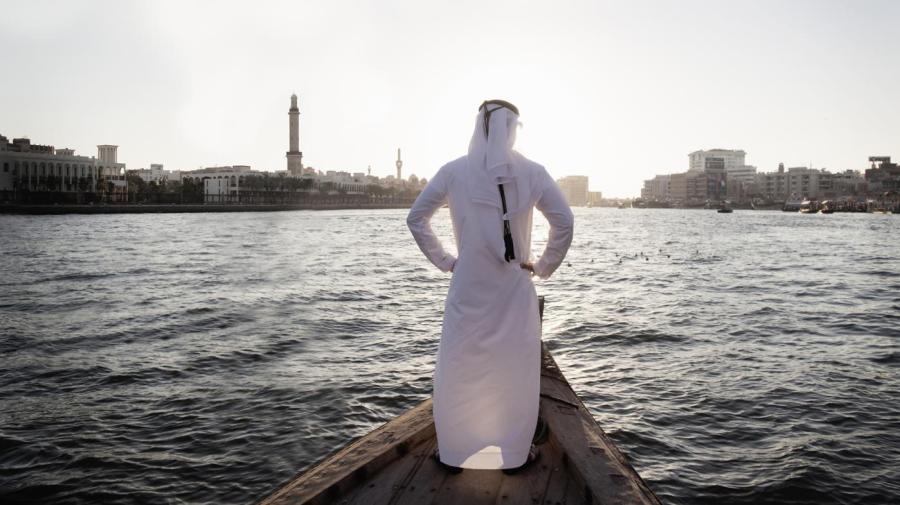What Are the Bodies of Water in the Middle East?

Bodies of water in the Middle East include the Amu Darya River, Euphrates River, Indus River, Tigris River, Persian Gulf and Nile River. The largest lake in the Middle East is Lake Urmia in northwest Iran, which has a surface area of 2,000 square miles and a maximum depth of 52 feet.
Bodies of water that border countries in the Middle East include the Indian Ocean, Mediterranean Sea, Red Sea, Black Sea, Gulf of Aden, Arabian Sea, Persian Gulf and Caspian Sea.
The Suez Canal, a man-made body of water in Egypt that connects the Mediterranean Sea and the Red Sea, opened passage to commercial vessels in 1869. It is 100.82 miles long, with two access canals of 14 miles and 5.6 miles.
The 4,258-mile Nile River that flows through Egypt is the longest river in the world. Its mouth is located at Egypt’s shore with the Mediterranean Sea.
The Euphrates river flows through Turkey, Syria and Iraq, ending its route in the Persian Gulf. The ancient city of Babylon is found on the river’s shores.
The Indus and Tigris rivers merge to become the Shatt al Arab River, which also flows out into the Persian Gulf. The Tigris River is 1,180 miles in length.





